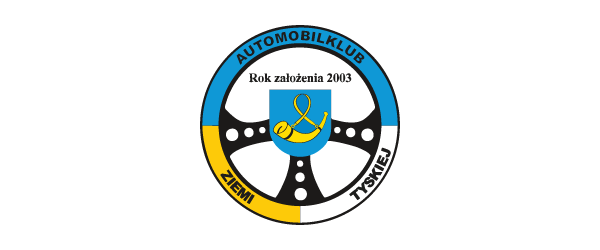Superauto.pl Silesian Stadium








Gerard Cieślik, Stanisław Gazda, Irena Szewińska, Jerzy Szczakiel – these are just some of the names of athletes who triumphed at the Silesian Stadium: they broke records, scored goals, took the highest places on the podium. Because the stadium favors athletes. And not only them.
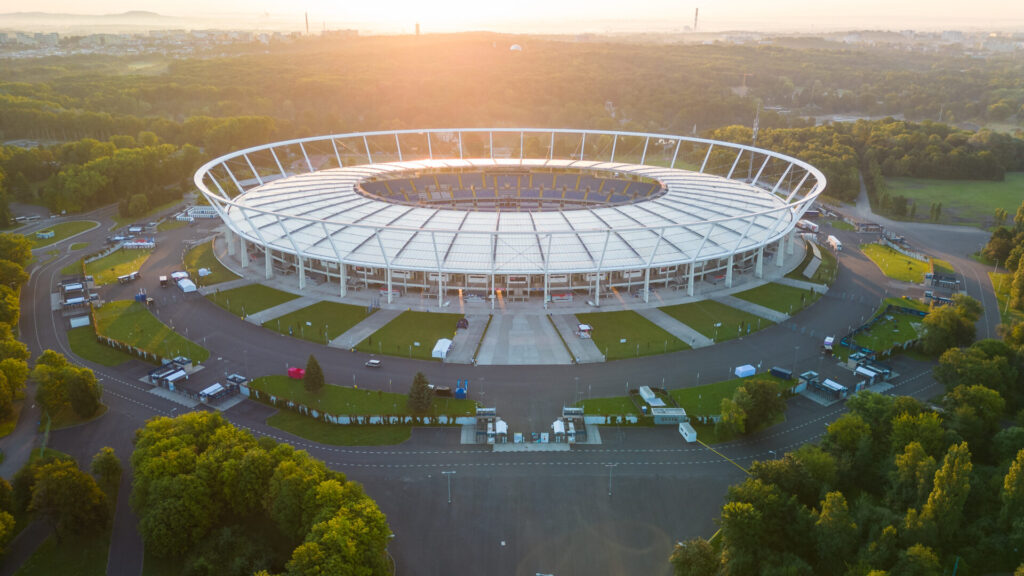
Musicians also feel at home here, after all, bands such as Iron Maiden, Pearl Jam, Genesis, The Police and Red Hot Chili Peppers have performed here. Dawid Podsiadło’s concerts have already become history – in June 2024, during two performances, he gathered a total of 180,000 fans at the stadium, who sang in chorus not only “W dobre strony”. What is the secret of this facility? On the one hand, in its several-decade history, and on the other, in the fact that it has been multifunctional from the very beginning.
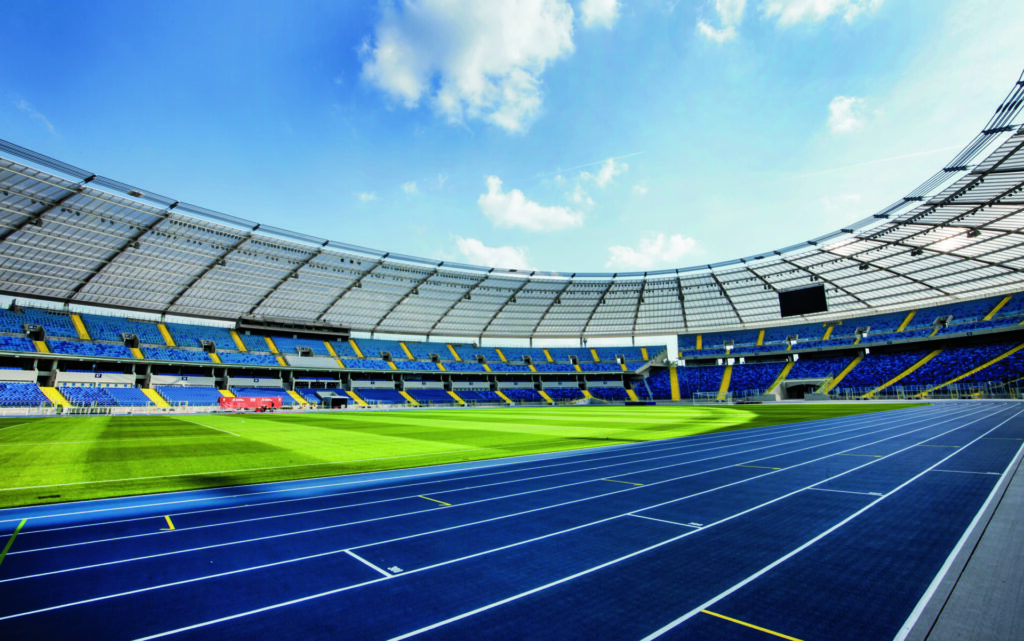
Football temple
On October 20, 1957, the Polish national team defeated the USSR 2:1 at the Silesian Stadium. Journalist Stefan Szczepłek said at the time: “We are playing with the occupiers, but we have our honor, our anthem, our colors.” It was a match for everything, with 120,000 fans in the stands, who could celebrate the victory after two goals by Gerard Cieślik. From that moment on, the stadium became a symbol of the footballers’ football successes. Another celebration for the fans was the defeat of the Portuguese national team in 2006. At that time, Euzebiusz Smolarek’s star shone the brightest – he also scored two goals.
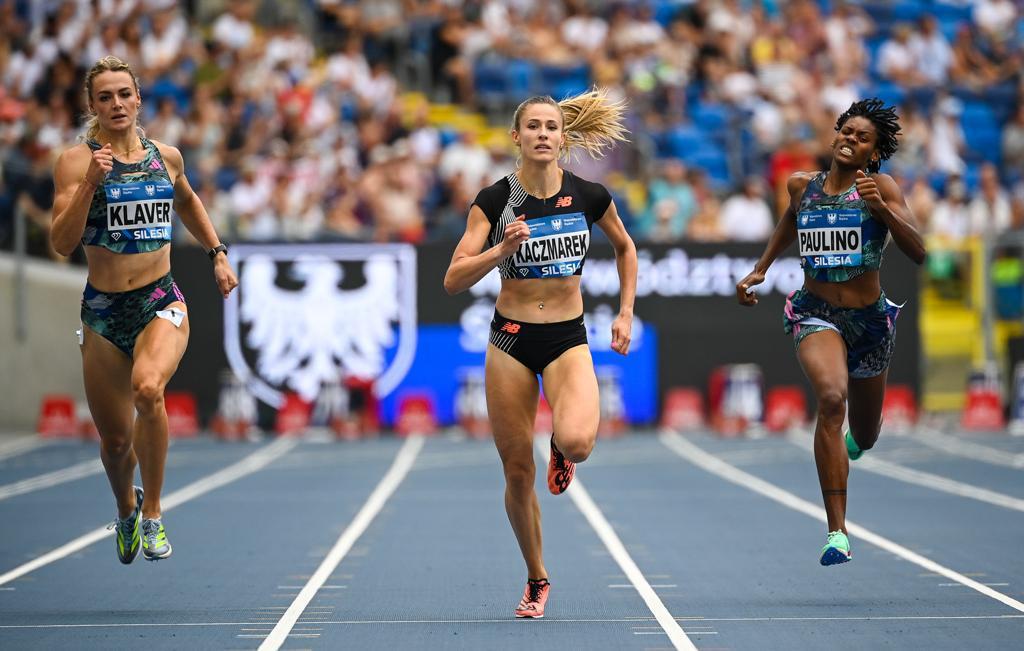
Athletics competitions
22.7 seconds – that’s how long it took Irena Szewińska to run 200 m in 1967 during an international athletics match. In doing so, she equalled the world record, which was also the first set at the Silesian Stadium. In 1969, Nadezhda Chizhova put the shot 20.09 m, which was also the best result in the world. Runners, jumpers and throwers have been regularly appearing at the stadium since 2018 during the Janusz Kusociński and Kamila Skolimowska Memorial. The last one took place on August 25 this year.
Two wheels to happiness
First, those that silently race along the road or… on the surface of the Silesian Stadium. In the years 1957-1968, cyclists of the Peace Race finished on its track. In 1960, Stanisław Gazda won this stage, defeating Manfred Weissleder from the GDR, one of the fastest cyclists of that time. There was a finish, and in recent years a start – in 2018, 2019 and 2020, the largest cycling race in the country, the Tour de Pologne, started from the Silesian Stadium.
The motorcycles that speedway riders race on have no brakes, only gas and clutch, and the sound that several motorcycles make at once, even in such a large sports facility as the Silesian Stadium, is stunning. This was the case in the years 1973-1986, when the world finals for individuals, teams and pairs were held here, and the final rounds of the Individual European Championships held in 2018 and 2019 made the same impression on the fans. And the last speedway event held at the Silesian stadium was the TAURON Speedway Euro Championship.
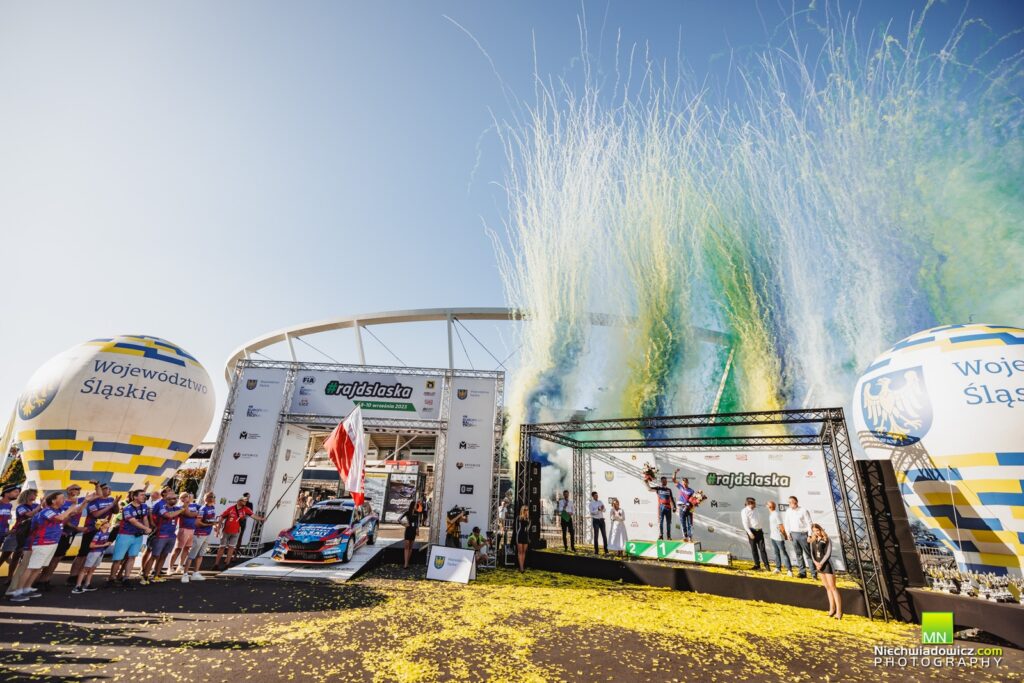
Rally emotions
Since 2017, the Silesian Stadium has hosted a new event, the Silesian Rally. Since the first edition, rally teams have set up their service stations on the stadium grounds. The stadium also houses the rally offices and the press centre for the competition. The stadium was also the starting point of the rally in its first editions, and for several years now, the rally finish line and awards ceremony have been located here. However, the evening special stage around the Silesian Stadium arouses the greatest emotions. The spectacular rehearsal with spectacular barrel detours always attracts many spectators.
From 2025, the title sponsor of the Silesian Stadium is the superauto.pl brand.
The Superauto.pl Silesian Stadium in numbers:
54,378 seats
approx. 85,000 seats during music concerts
43,000 square metres of roof covering
7,500 sq. m of turf
9-lane athletics track








